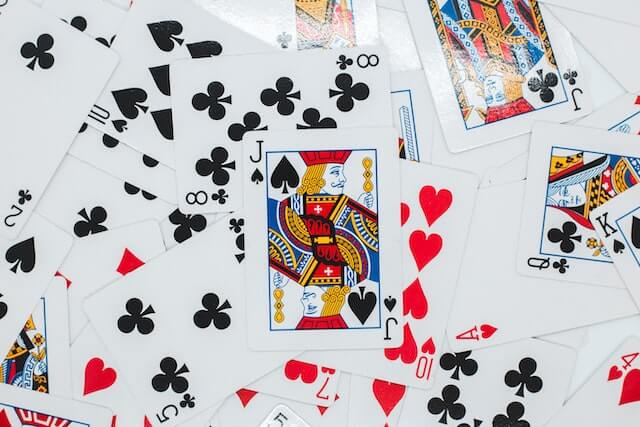Playing cards have a long history, dating back to ancient China and Persia, and have been used for various purposes including divination, education, and entertainment. The first recorded use of playing cards for gaming purposes was in 9th century China, where they were used to play a game called “leaf game”. Over time, playing cards spread throughout the world and evolved into different forms, with the modern standard 52-card deck appearing in Europe in the late 14th century.
The 52-card deck consists of four suits: hearts, diamonds, clubs, and spades. Each suit has 13 cards, ranging from the ace (which can be the highest or lowest card depending on the game) to the king, queen, jack, and numbered cards 10 through 2. This provides a balanced set of cards that can be used to play a wide variety of games, from simple games like Go Fish to complex games like bridge and poker.
One of the advantages of the 52-card deck is that it provides a large number of possible card combinations and permutations. For example, there are 2,598,960 possible five-card poker hands that can be made from a standard deck of 52 cards. This variety allows for a wide range of gameplay strategies and makes the games more interesting and challenging.
In addition to providing a diverse set of cards, the 52-card deck is also a manageable size for players to handle and shuffle. It is small enough to fit in a player’s hand and can easily be shuffled by most people. This makes it a practical choice for games that require multiple players, such as poker or bridge.
The reason there are only 4 suits in a standard deck of playing cards is likely due to the fact that it provides a balance between diversity and practicality. Having too few suits would limit the number of possible combinations and permutations, making the gameplay less interesting, while having too many suits would make the deck too complicated and difficult to handle.
The origins of the four suits are not entirely clear, but there are several theories. One theory is that the four suits represent the four classes of medieval society: hearts represent the clergy, diamonds represent the nobility, clubs represent the peasants, and spades represent royalty. Another theory is that the four suits are based on the four elements: hearts represent water, diamonds represent earth, clubs represent fire, and spades represent air.
Regardless of their origins, the four suits have become a standard feature of playing cards and are widely recognized around the world. They provide a diverse set of cards that can be used to play a variety of games, from simple games like Go Fish to complex games like poker and bridge.
Overall, the 52-card deck has become the standard for modern playing cards due to its versatility, balance, and practicality. While there have been variations and adaptations over time, the 52-card deck remains a popular choice for gaming and entertainment.

